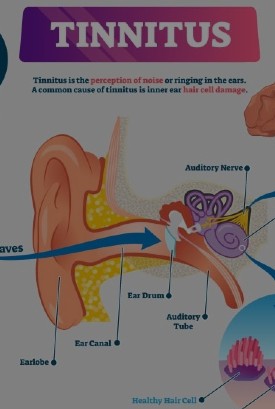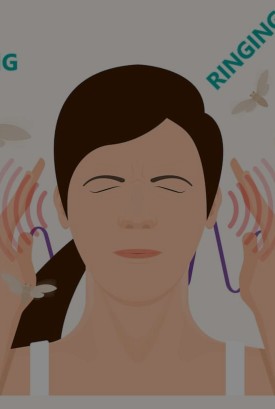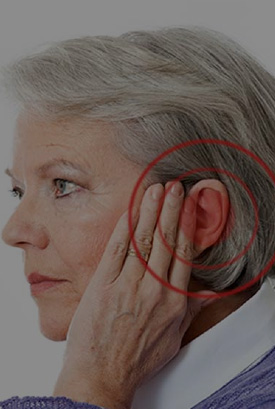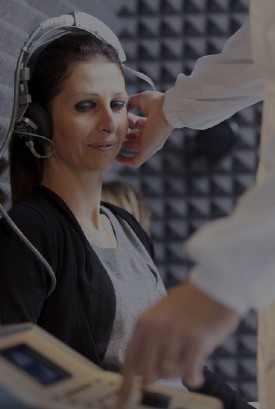Tinnitus can be evaluated and diagnosed by audiologists and other hearing
health professionals. Because tinnitus is frequently caused by hearing loss,
most clinicians begin with a full audiological evaluation. Typical hearing
exams are:
Speech recognition test: A subjective assessment of a patient’s
ability to hear and repeat certain words. Occasionally referred to as speech
audiometry.
Pure tone audiogram is a subjective test that assesses the
patient’s hearing across a range of frequencies (in Hertz) and loudness
(measured in decibels).
Tympanogram: An objective test that evaluates the middle ear’s
function, specifically the tympanic membrane’s and conduction bones’
mobility.
Acoustic reflex testing: An objective test that assesses the
response of the middle ear muscles to loud noises.
Otoacoustic emission testing: The objective measurement of hair
cell movement within the inner ear using extremely sensitive microphones.
It is critical to ascertain the precise gaps in a tinnitus patient’s hearing,
as this frequently correlates with the form and quality of their tinnitus.
(For example, high-frequency hearing loss frequently occurs in conjunction
with high-frequency tinnitus.) Additionally, unique hearing markers may
provide insight into various tinnitus therapy alternatives.
Hearing health specialists utilise an additional battery of tests when
examining tinnitus situations. While there is no objective means to diagnose
tinnitus at the moment, there are numerous protocols for assessing the
patient’s subjective experience of tinnitus sound, pitch, and volume. To be
more precise, the clinician may conduct the following tests:
Tinnitus Sound Matching: Patients are presented with typical
tinnitus sounds in order to assist them in identifying their unique tinnitus
experience. The health care provider may alter the pitch and layer various
sounds to generate a precise audio representation of the tinnitus.
Appropriate matching establishes a critical foundation for later tinnitus
management therapy, which are frequently tailored to the unique
characteristics of each patient.
Minimum Masking Level: The volume at which external narrowband
noise conceals (or covers) the perception of tinnitus. The minimum masking
level provides an approximation of how loud a patient feels his or her
tinnitus and can be used in later tinnitus masking and sound therapy.
Loudness Discomfort Level: The volume at which external sound
becomes uncomfortable or painful for a tinnitus patient. Sound therapy,
masking, and hearing aids are all possible tinnitus treatments. Determining
loudness discomfort levels is critical for those with severe noise
sensitivity.
Additional tests may be ordered based on the patient’s symptoms, medical
history, and/or risk factors. An MRI (magnetic resonance imaging) may be
required in extreme cases of tinnitus but should only be used when
independent clinical evaluation shows particular (rare) tinnitus etiologies.




